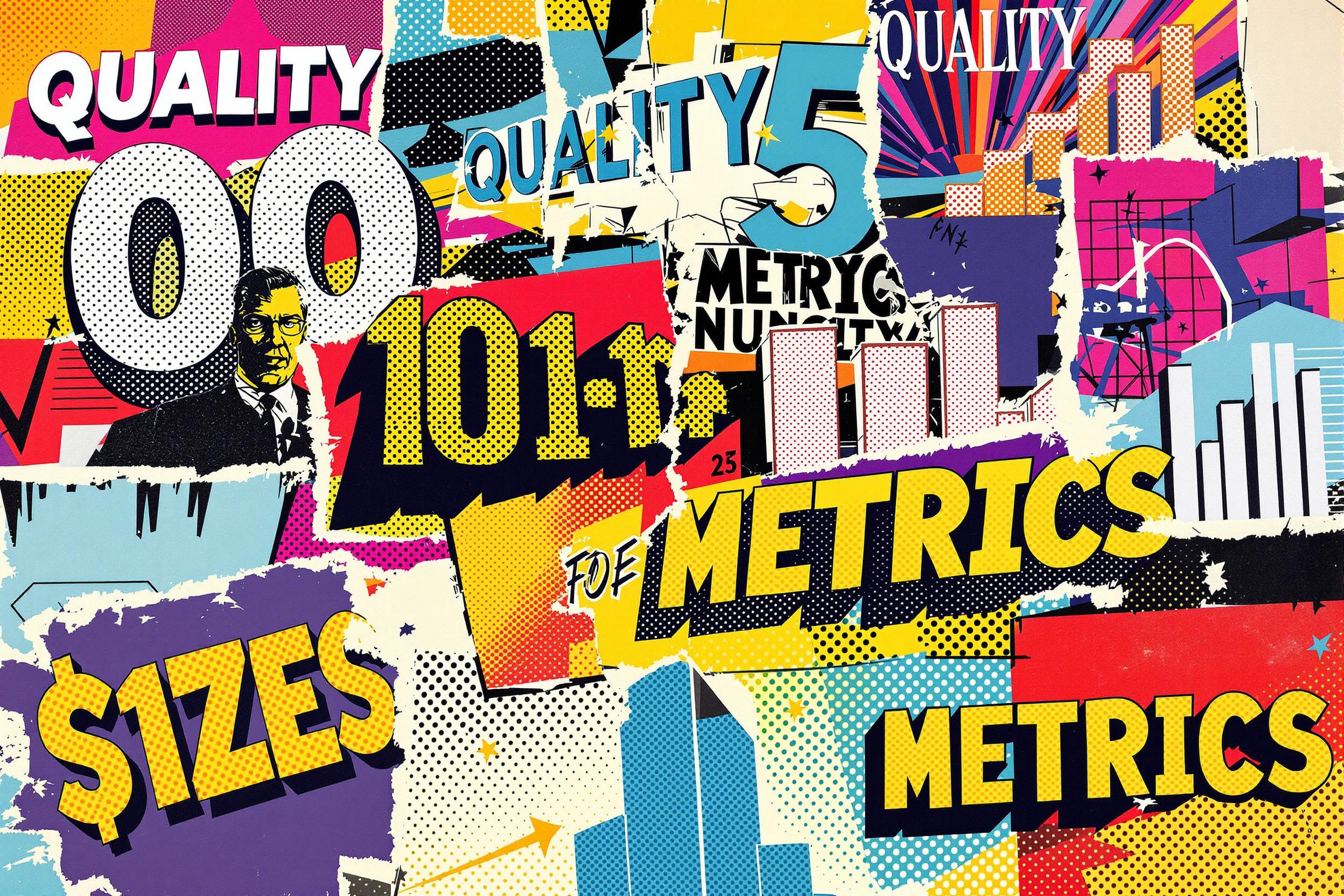
Min-max levels
Min-max levels is a basic inventory control method that helps businesses manage their stock efficiently. It sets two important points: a minimum level (min) that triggers new orders when stock gets too low, and a maximum level (max) that prevents ordering too much. Think of it like a car's fuel tank - you don't want to run empty (min), but you also don't want to overfill it (max). This approach helps companies keep just enough inventory to meet customer needs while avoiding excess storage costs. It's also sometimes called "min-max inventory control" or "min-max stock levels."
Examples in Resumes
Implemented Min-max levels system that reduced excess inventory by 30%
Managed warehouse operations using Min-max inventory controls
Optimized storage costs by establishing Min-max stock levels for 500+ products
Typical job title: "Inventory Control Specialists"
Also try searching for:
Where to Find Inventory Control Specialists
Professional Organizations
Online Communities
Example Interview Questions
Senior Level Questions
Q: How would you implement a min-max system for a company with multiple warehouses?
Expected Answer: A strong answer should discuss coordinating between locations, considering lead times, seasonal demands, and using data to set appropriate levels for each warehouse while maintaining efficient overall inventory.
Q: How do you determine optimal min-max levels for new products with no historical data?
Expected Answer: Should mention analyzing similar products, market research, starting conservative and adjusting based on initial sales data, and considering supplier lead times and minimum order quantities.
Mid Level Questions
Q: What factors do you consider when setting min-max levels?
Expected Answer: Should discuss lead times, seasonal patterns, storage costs, order costs, customer demand, and supplier reliability.
Q: How often should min-max levels be reviewed and adjusted?
Expected Answer: Should explain regular review periods, triggers for adjustment like seasonal changes, and monitoring system performance through inventory turnover rates.
Junior Level Questions
Q: Explain how a min-max system works in simple terms.
Expected Answer: Should be able to explain the basic concept of minimum levels triggering orders and maximum levels preventing overstocking, using simple examples.
Q: What happens when inventory reaches the minimum level?
Expected Answer: Should explain that reaching minimum level triggers a reorder process to bring stock back up to the maximum level, and understand basic ordering procedures.
Experience Level Indicators
Junior (0-2 years)
- Basic inventory counting and recording
- Understanding of min-max concept
- Stock level monitoring
- Basic report generation
Mid (2-5 years)
- Setting appropriate min-max levels
- Inventory analysis and optimization
- Supplier coordination
- Performance tracking
Senior (5+ years)
- Multi-location inventory strategy
- Advanced inventory optimization
- Team management
- System implementation
Red Flags to Watch For
- No experience with inventory management software
- Lack of understanding of basic stock control principles
- Poor mathematical or analytical skills
- No knowledge of supply chain operations
Need more hiring wisdom? Check these out...

7 Ways to Maximize Your Candidate Database ROI

Resume Optimizations that Candidates Do to Get Past AI Hiring Filters

Stop Chasing Unicorns: How to Finally Improve Candidate Quality Metrics (and Actually Enjoy Hiring)

